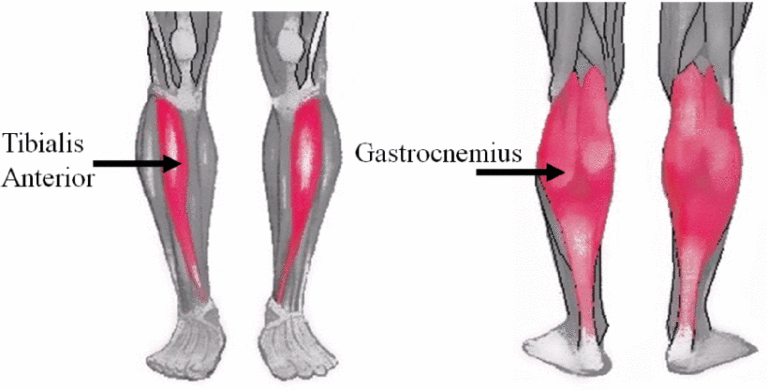Background: Stroke is one of the leading causes of disability with ~80% of post-stroke survivors suffering from gait-related deficits. Conventional gait rehabilitation settings are labor-intensive and need rigorous involvement of clinicians (who use their expertise to decide the dosage of exercise intensity based on patient’s capability). This demands a technology-assisted individualized exercise platform that can offer varying dosage of exercise intensity based on one’s capability. Here, we have used an individualized physiology-sensitive treadmill-assisted gait exercise platform. We wanted to investigate the implications of this platform on one’s lower limb muscle strength and muscle fatigue by analyzing surface Electromyogram (sEMG)-related indices and standard gait-related clinical measures. Methods: We designed a feasibility study involving post-stroke patients (n=9; 44.4(±15)years; post-stroke period=3.1(±3)years) and gave them multiple exposures to this exercise platform. We investigated the Gastrocnemius Lateralis and Tibialis Anterior muscle activation prior to and post multiple exposures to our exercise platform while they walked overground. The feasibility study ended with collecting feedback on the patients’ perception on the implications of having gait exercise using such a platform on their ambulation capability. Results: The results showed that repeated exposures to this gait exercise platform can contribute towards gait rehabilitation of post-stroke patients with rehabilitation outcomes measured in terms of group average improvement of (i)~14% in muscle strength and (ii)marginal (~6%) in functional mobility (as in our case). Conclusion: Such a physiology-sensitive treadmill-assisted gait exercise platform can hold promise towards contributing to post-stroke gait rehabilitation in low-resource settings with the rehabilitation outcomes being measured in terms of sEMG-based observations.

